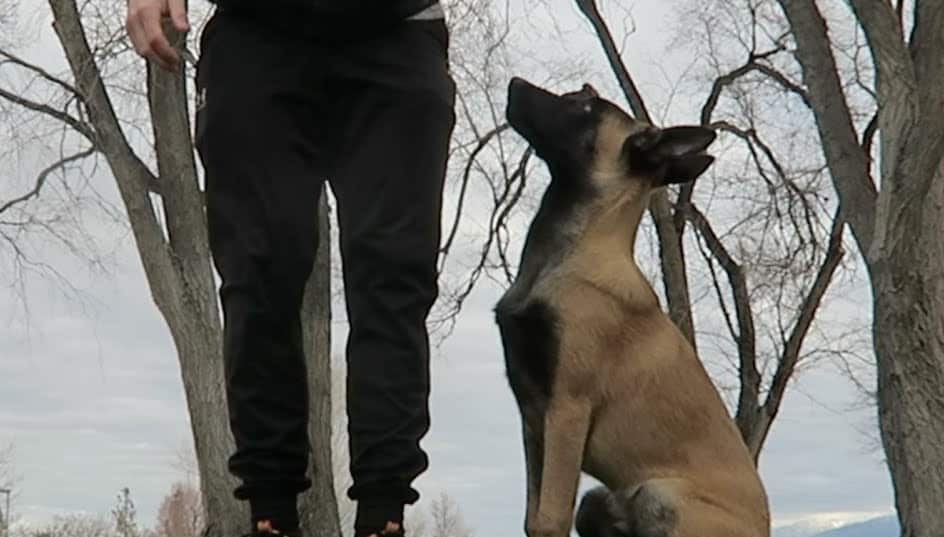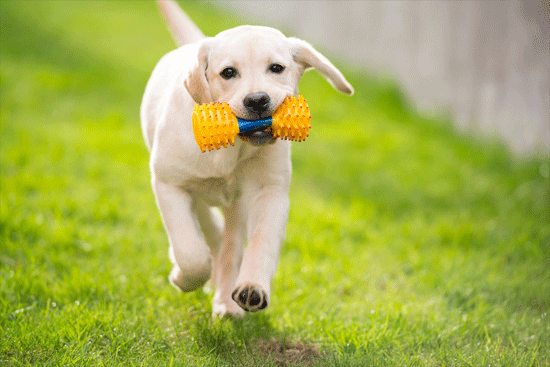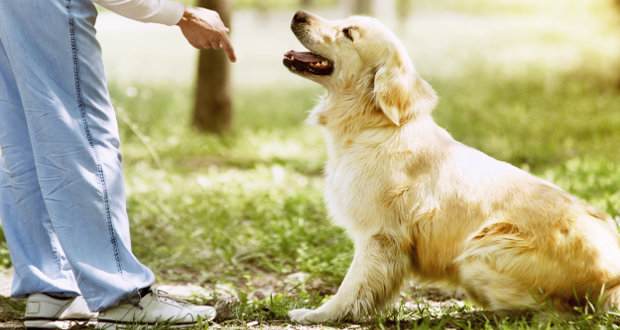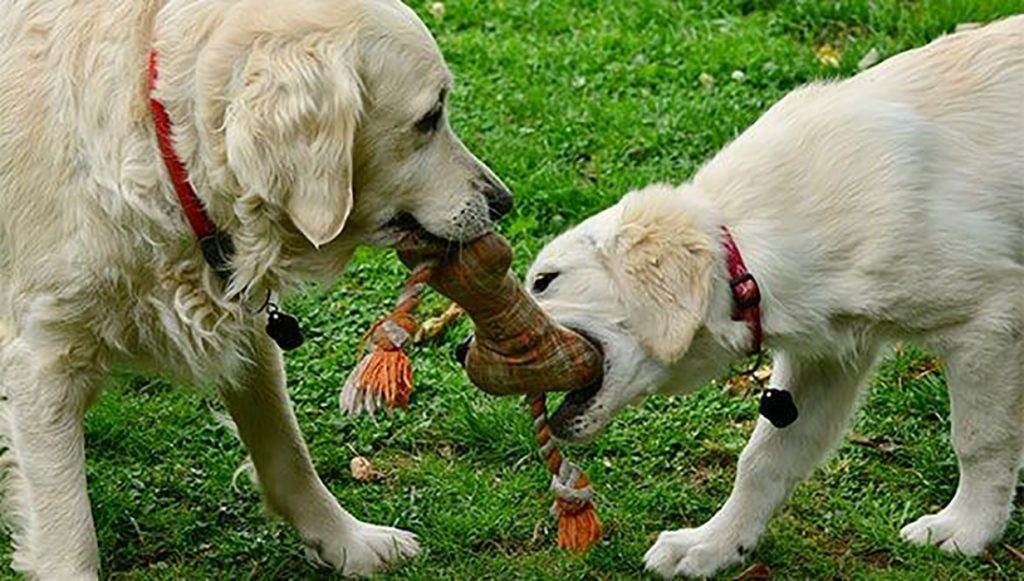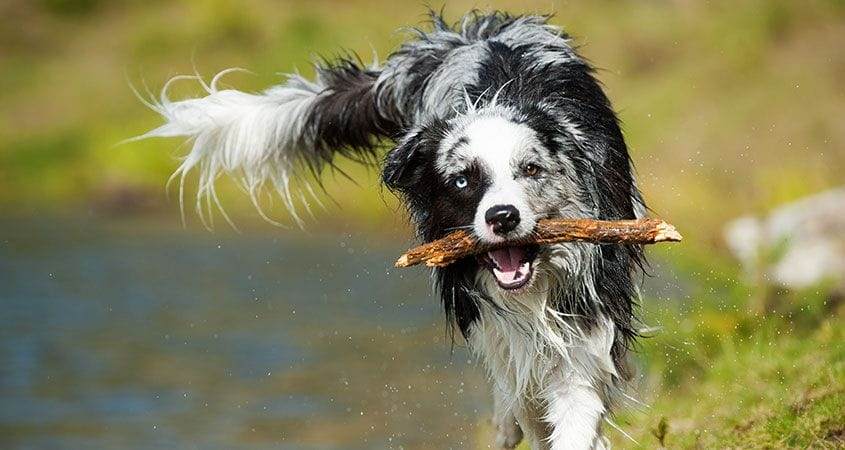In order to teach your dog to train your dog to fetch and retrieve, you should first start by introducing the dog to fetch the toy/ball. After that, you can slide the toy bit further and see the dog go after the toy.
The next step should be to try playing fetch indoors. Once the dog has started to play fetch indoors, you can then train him to fetch and return outdoors. That is how most of the dogs are trained.
Fetch is an incredibly wonderful game to play with your puppy and also a great way to exercise your dog. The game involves throwing your pet’s favorite ball or any other toy and having your puppy chase it and return it to you. Most people think that the fetch game is something that all dogs do naturally.
Some dogs enjoy the act of chasing after the ball but will not bring it back, something which ruins the great game of fetch. Other dogs do not see the need to chase after a ball or even bring it back to you.
However, most dogs need to learn how to fetch, or at least some part of the game. Fortunately, it is not hard to teach your canine friend to fetch.
Today I’m going to talk to you about the value of teaching your dog how to retrieve. This is something that I do every single day with my dogs in order to keep them in shape, and to exercise them.
But did you know this is also a fabulous game to help establish leadership and to build a great relationship with your dog.
Please do remember that a dog without having any self confidence issues will play all of type of games with full excitement.
The basics of playing fetch and retrieve game with your dog
To get started you should teach your puppy how to “come.” To do that you should:
- Get the appropriate amount of delicious treats and a marker word or a clicker.
- Move several feet away from your puppy, squat, and then hold out one of your hands.
- Encourage the dog to touch your hand using their nose.
- Once they do what you want, click immediately to acknowledge the good behavior and also to let them know precisely why they are receiving the treats, and then give a tasty treat and commend them.
- Repeat for around 10 to 20 times until they begin understanding what you want.
- Move far away from every time and repeat.
- When they understand the behavior, begin utilizing a marker word such as “over here” or “come” and repeat using treats, praise and click.
- Add some distractions such as toys, other individuals, or go into your backyard to test their skills.
How to Train Your Dog to Play Fetch
1) Introduce the retrieve toy/ball to your dog
Get a good toy and introduce it to your canine friend so that they can begin getting excited about the fetch game. Put the toy close to you, and as the dog comes close to it, you can click, praise, and then give a tasty treat.
If they touch the toy with their nose, click, praise, and give some treats. Continue with this process until your dog falls in love with the fetch toy.
2) Move the toy/ball from one place to another
Now that your puppy is beginning to understand that touching the toy means some treats, you can begin moving the toy from place to place so they will have to move around to go to it. Avoid throwing the toy at this point, or even moving it incredibly far.
Just hold the fetch toy in marginally different positions and encourage your pup to touch it. Every time they touch the fetch toy, use click, treat, and then praise. You can continue with this little game until the behavior sticks.
3) Encourage your puppy to get hold of the toy
You should begin rewarding your puppy whenever they typically grab the fetch toy using their mouth. However, this part will require some patience on your part.
Put the fetch toy on the ground at arm’s length, and if your puppy moves from touching the toy with their nose and starts using their mouth, then it is time to click, treat and praise.
Every time they move closer to biting the fetch toy, also continue rewarding them. When and if they lift the fetch toy using their mouth, praise and reward them.
4) Play some little indoor fetch games
Here, your dog should understand that placing the fetch toy in their mouth always means they receive some treats. The next step might be the trickiest, but you’ll only have to follow the same techniques of rewarding smaller steps toward the goal.
Toss the fetch toy a couple of feet from you. Once they lift it, use click, treats, and then praise. Repeat this technique until they understand what they are supposed to do each time.
Then toss the fetch toy and encourage the pup to bring it back to you. Once they do it, click, treat, and also praise.
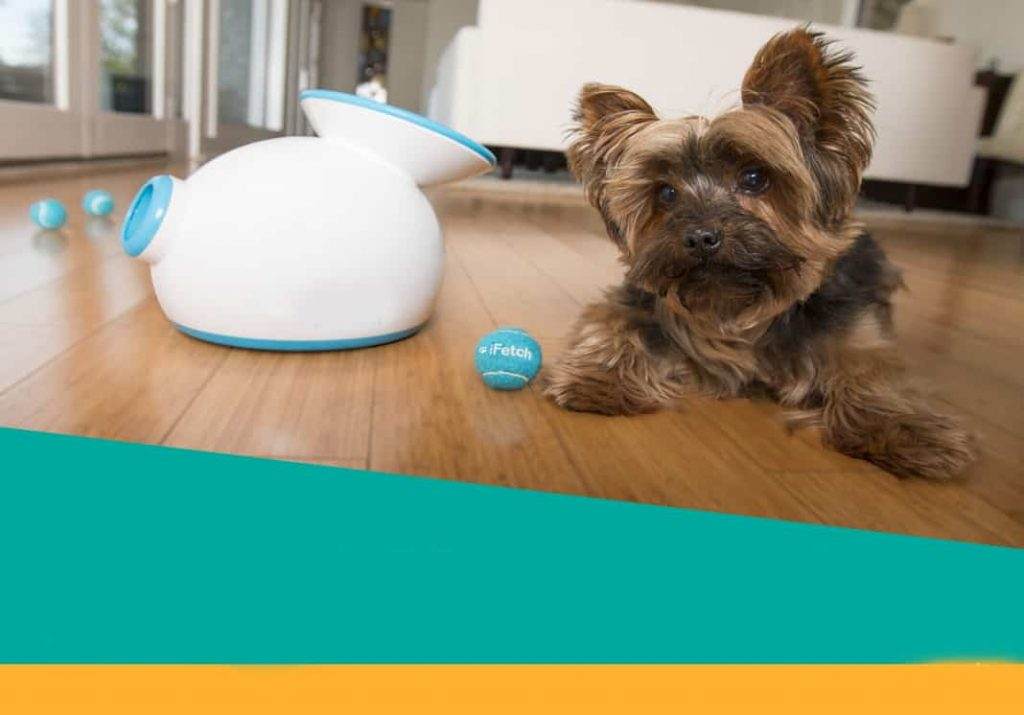
5) Throw your toy even farther
When your dog realizes that they get treats every time they get their fetch toy and bring it back to you, make the game even more interesting by throwing the fetch toy even farther. By doing this, you might assist in finding a hallway which minimizes any distractions by tossing the toy farther away each time.
With every successful fetch, remember to give treats and praise. Repeat this part as many times as possible until your dog completely understands what the fetch game entails.
6) Include some commands
If your puppy is effectively fetching the toy, you can add some commands such as “fetch,” although this step is optional. Shout the command before throwing the fetch toy, then reward heavily with treats and praise whenever they successfully fetch the toy for you.
7) Take the fetch game outdoors
Until now, you have been playing the fetch game indoors, where everything is quiet. You should now go out of the house where distractions are many. Start in a fenced area or an enclosed space. If you don’t have such a place, try in a quiet and fenced park or any other public space.
Go when there aren’t other people or dogs; or, when there are few people and dogs. Play the fetch game like you would do it in the house, tossing the fetch toy far and far away and rewarding the dog each time for successfully returning it to you.
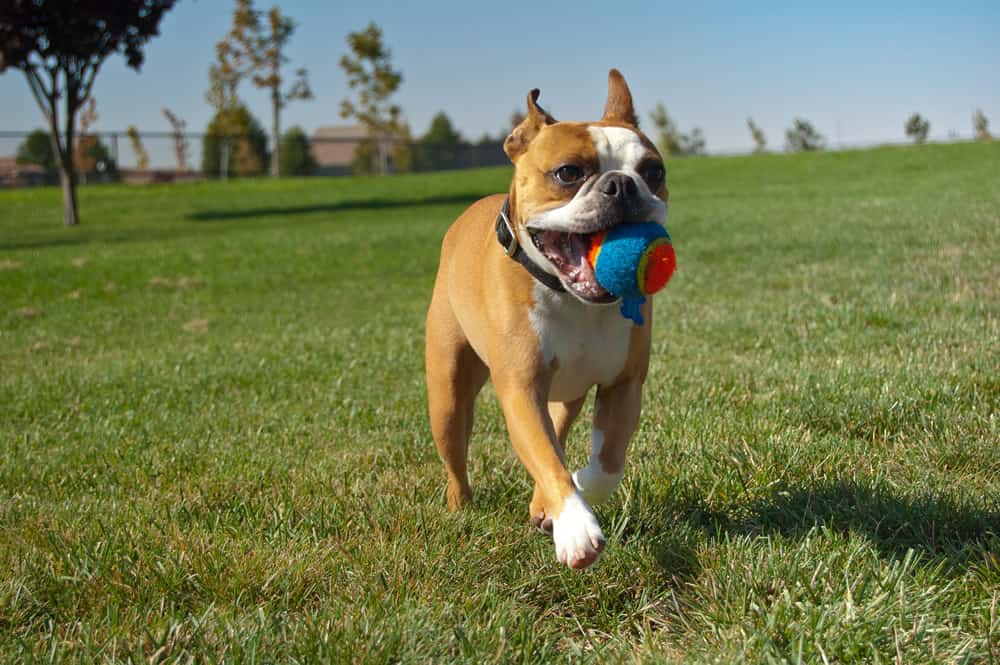
Tips for dog that runs away during fetch
- Don’t use expensive toys like toys recently bought or toys that your pup has not seen for some time. The more expensive the toy is; the more likely your puppy will want to run off with it.
- Avoid chasing your canine friend when they have the fetch toy. Instead, teach the dog from the beginning that giving you the fetch toy is incredibly worthy by training them to return it to you in exchange for a delicious treat.
- Try trading the fetch toy with another toy in what is referred to as the two-ball technique. Toss the fetch toy, when your puppy gets it, show them you have another toy, but avoid throwing it until they drop the toy that is already in the mouth.
- If you decide to use the two-ball approach, don’t pretend to toss the fetch toy to get your puppy to drop so that you can snatch the toy from him. That will only lead to suspicion in your pet and future reluctance to drop.
- If your dog shows any signs of possessiveness when it comes to toys or any other items, you should consider seeing a behavior specialist.
Tips when dog won’t bring ball all the way back
- Avoid chasing your puppy or retrieving the toy for him. Instead, sit and encourage the dog to bring back the fetch toy to you. When they bring the toy, praise and reward them. Make them understand that they will only get rewarded by returning the fetch toy to you.
- If your dog cannot multitask by walking towards you and carrying the fetch toy, get your puppy to come near you, and try making a turn and then run away as the puppy walks towards you. Using the opposition reflex will distract the dog enough to prevent the dropping behavior.
- If the dog keeps dropping the fetch toy early, go back in your exercise and try using easier and shorter retrieves. Split the training in smaller exercises by rewarding them for slowly bringing the fetch toy a little closer every time.
- Also, try calling your pet’s name as the dog takes a couple of steps towards you. That will make him walk towards you with the fetch toy in his mouth, but at times puppies will drop the toy upon hearing their name.
- Remember that dogs do well with upbeat, short sessions instead of long, tedious ones. Therefore if your dog still drops the toys too early at this point, take a short break and resume on another day or later on.
- Some dogs are incredibly particular about fetching certain items since they might not like the texture of some things in their mouths. You should know what your puppy likes to retrieve the most and then stick to it until they learn the basics of the fetch game.
- You can also use a fetching machine such as Go Dog Go and allow it to do all the work for you. You can also play other fun sports with your dogs that involve fetch toys and not particularly retrieving the toy such as flyball and Treibball.
When a dog won’t play fetch anymore?
A dog that shows an already established behavior is usually different than those that have never been taught at all.
If you realize your pet is no longer interested in a game they have always enjoyed, then you should consider talking to your veterinarian to know the reason for the unexpected behavior.
- Maybe your dog is injured, arthritic, or in other kinds of pain
- Maybe he has a problem with his vision and can no longer follow a toy that you have thrown away
- Or perhaps his hearing is a bit impaired, and he can’t hear you calling him in the first place.
Whatever the case, there is always something more to it than the sudden change, so you should take him to the vet for a checkup.
Is Dog not interested in playing fetch?
The main objective of this kind of exercise is to show your puppy that fun is derived from playing with you and the toy. However, some dogs might never get interested in fetch. You can teach them, but they might not get to the place where they enjoy the fetch game.
If your dog is not interested in fetch, there are many other exciting ways to get your puppy some good physical exercise and mental stimulation as well. Some of these exercises include:
- Going for hikes with your canine friend
- Playing hide and seek using his favorite toys
- Agility training
- Swimming
- Scent training
- Interactive food puzzles and toys
Learn More With the Help of Videos
Final Thoughts on how to exercise a dog that won’t fetch
Retrieving is obviously a really fun thing to do with your dog. It’s something we encourage you to play a lot with them. But it’s really important that when you’re playing retrieve, you don’t compromise your control by letting your dog be in a situation where they can take the toy and run off with it.
So it’s a really smart idea to keep your dog or your toy on the line. This ensures that you always have control.
References
- https://www.avidog.com/wp-content/resource-pages/TPE-long/wilsson1998.pdf
- https://www.gwern.net/docs/genetics/heritable/2015-hradecka.pdf
Table of Contents

